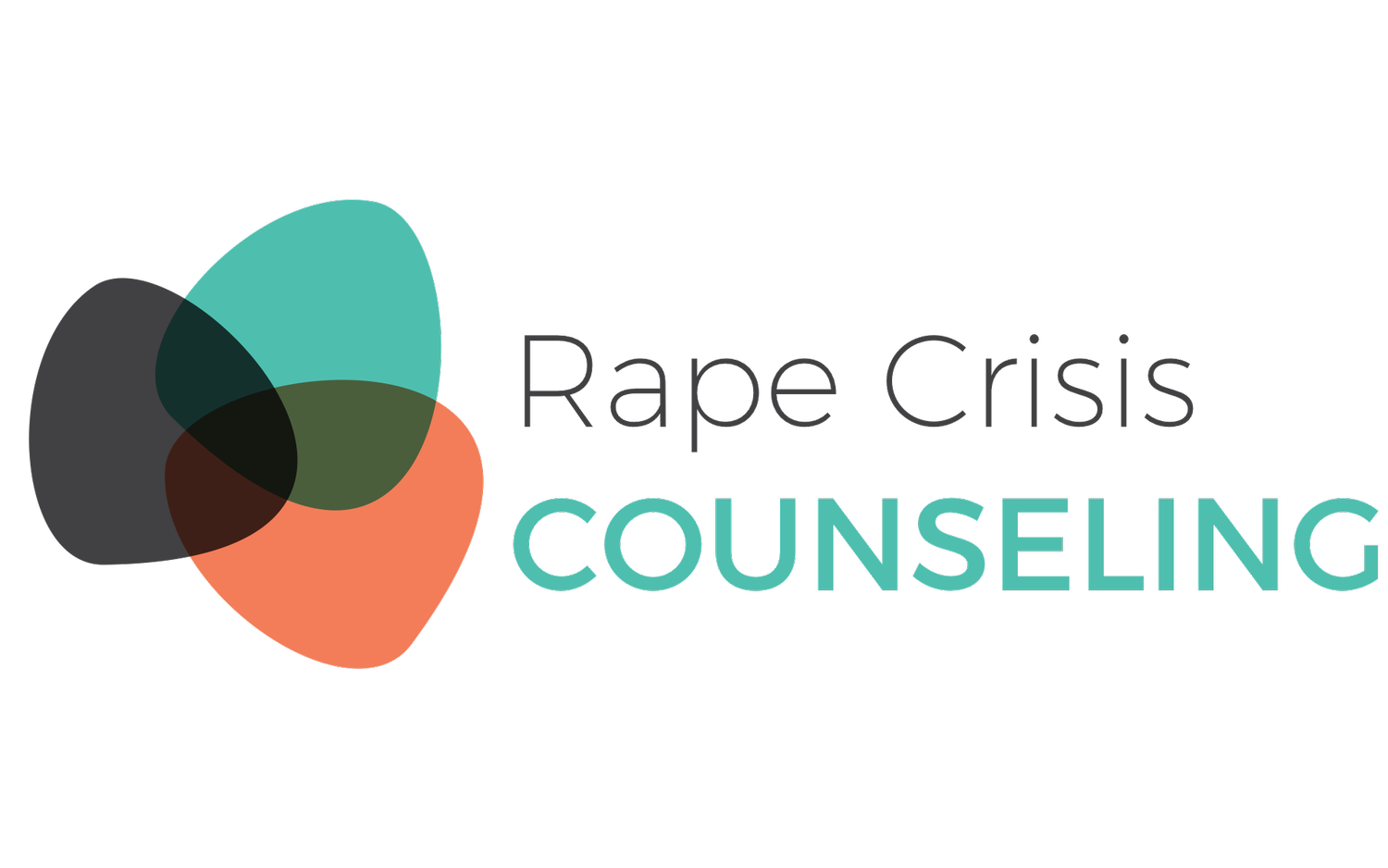2.4 Communicating with Diverse Populations
Culture determines the tone of voice we use, topics that are considered appropriate or inappropriate, how far we stand from the person we are communicating with, and so forth.
For diverse survivors to be understood and supported, advocates must have knowledge of and sensitivity to different cultural communication styles.
Different communication styles can result in negative judgements about another person and, ultimately, can make a message very difficult to hear.
Because most communication is nonverbal, understanding nonverbal signals when communicating across different cultures is especially important.
Nonverbal cues mean different things in different cultures, so, as advocates, we need to be cautious of the interpretations we attach to these behaviors.
Communication styles can result in negative judgments about another person. This can lead to blocked communication that, ultimately, results in a completely unheard message.
